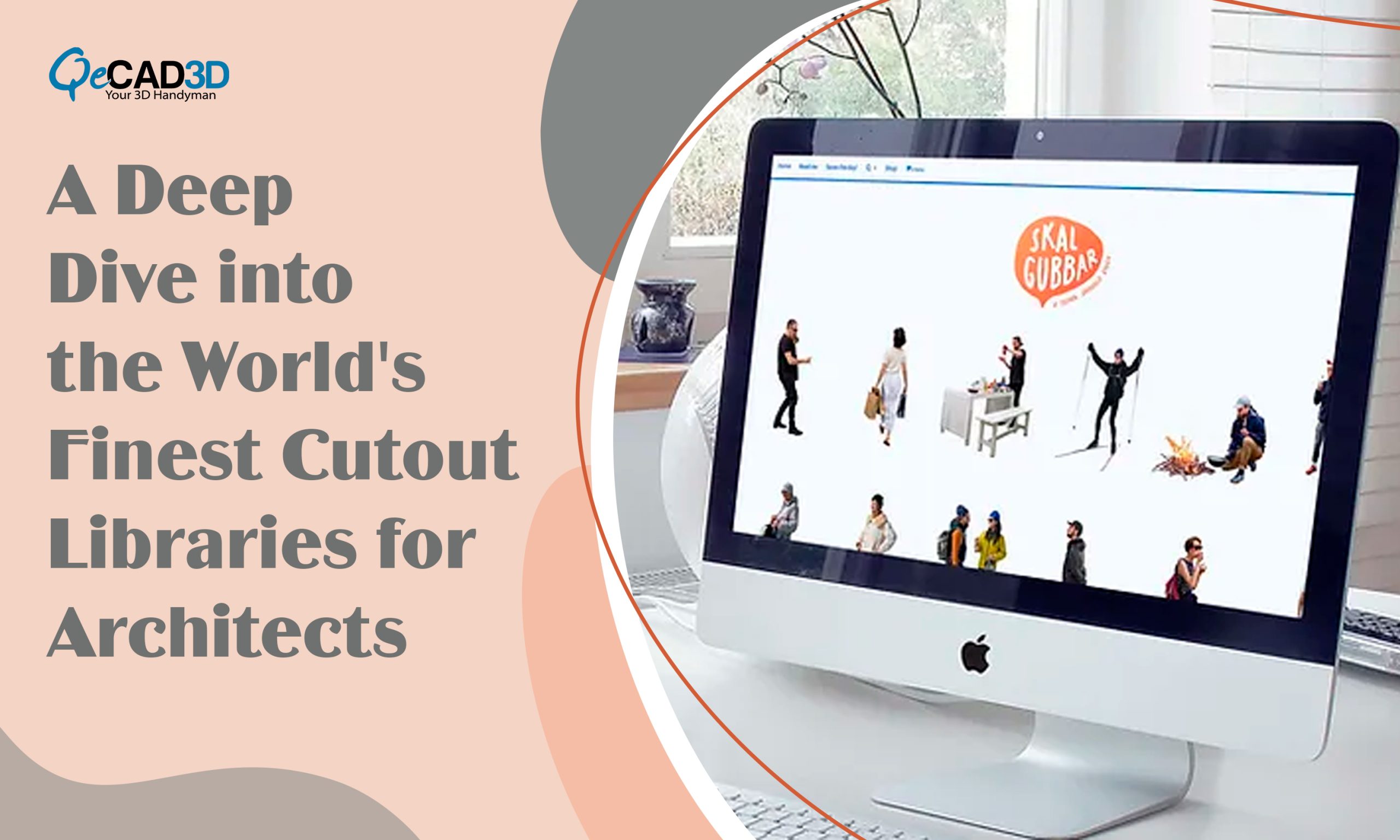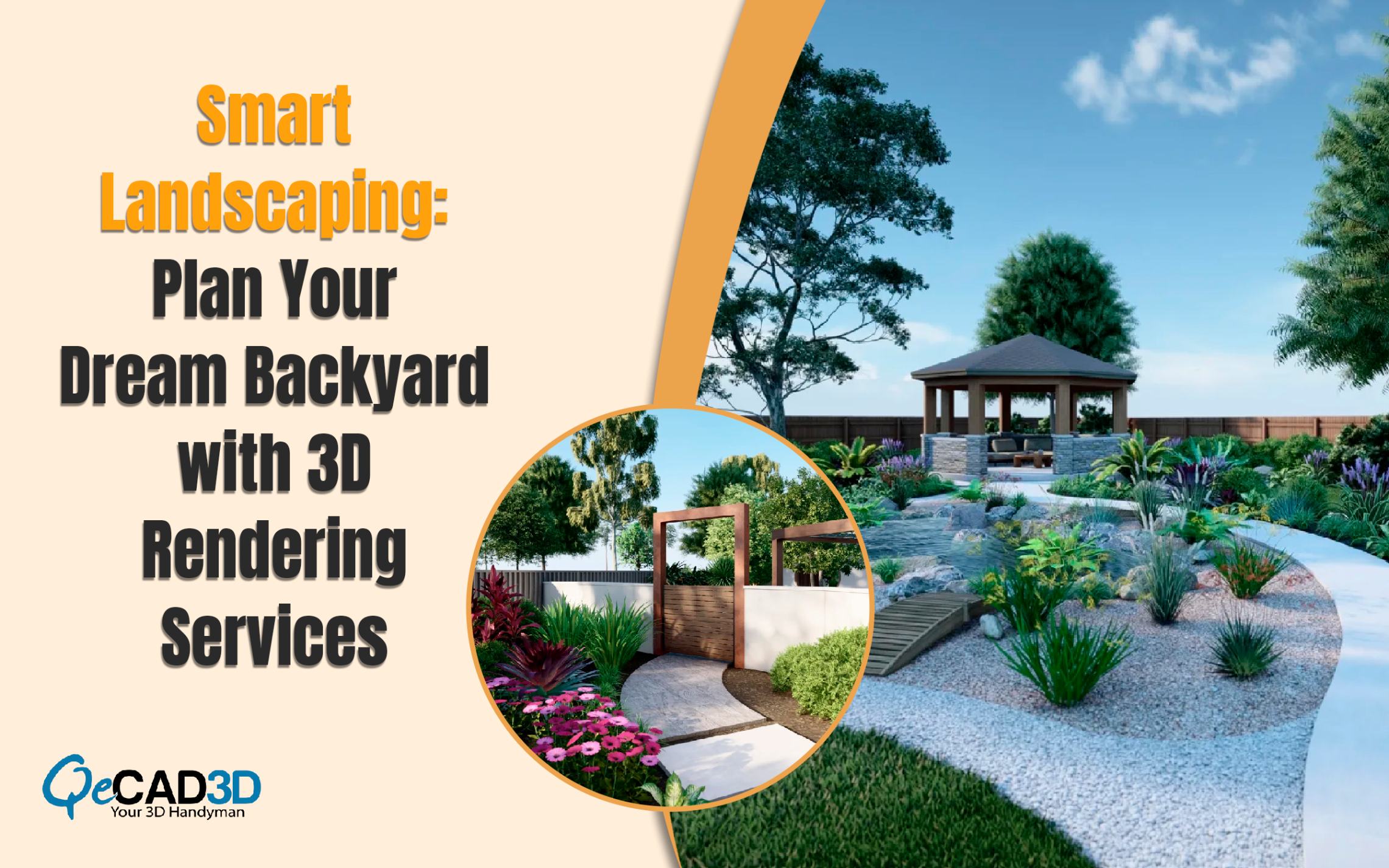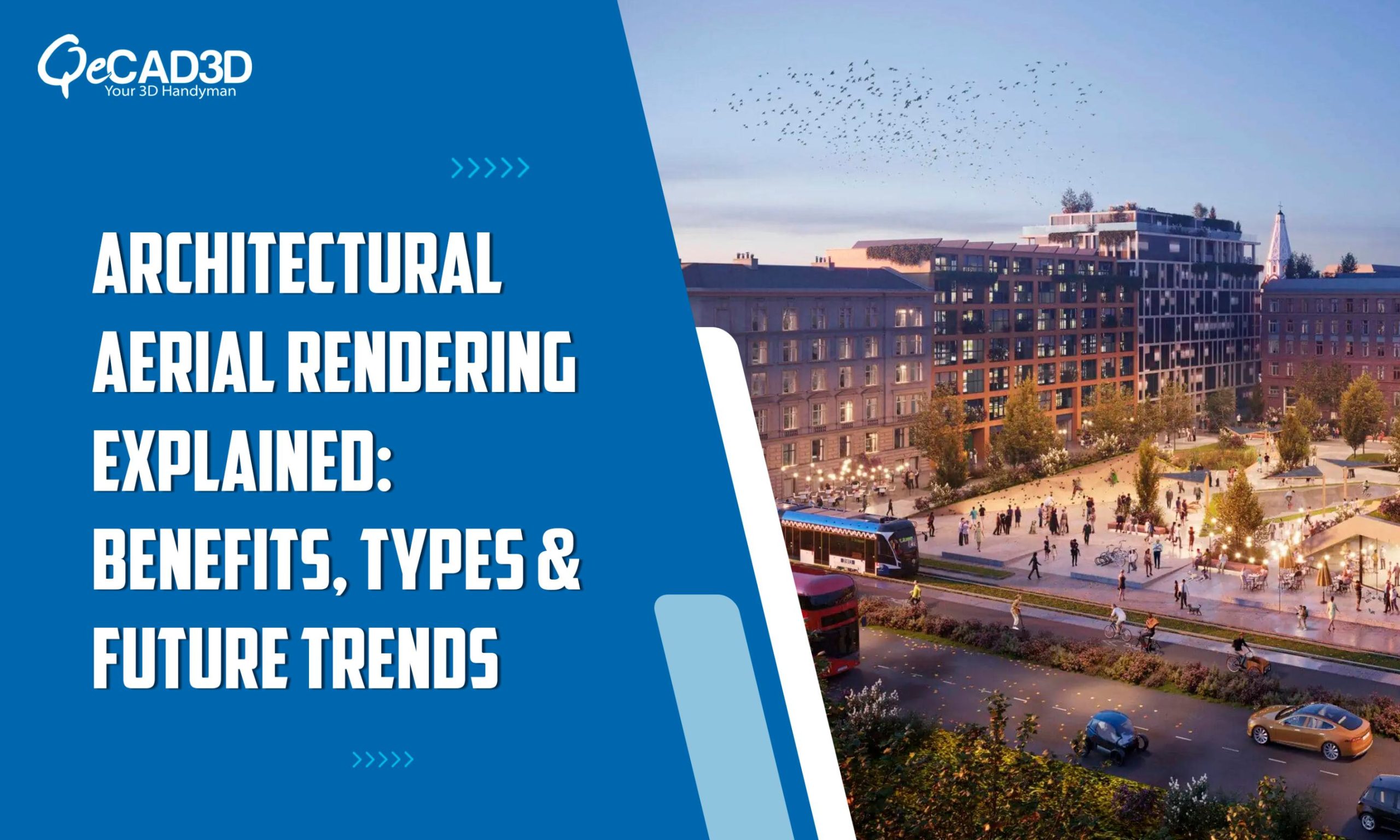A Deep Dive into the World’s Finest Cutout Libraries for Architects
In the dynamic realm of architecture, the clear and compelling communication of design concepts holds paramount importance. Architectural Rendering Services serve as a bridge between imagination and realization, allowing designers to convey their visions to clients, collaborators, and the public. One element that significantly contributes to the realism and impact of these renderings is the strategic use of cutouts. In this blog post, we’ll evaluate the reasons why architects should incorporate cutout libraries into their renderings, what key factors to consider when choosing a cutout library, and finally, a curated list of the best cutout libraries available.
What Makes Cutout Libraries Essential for Your Architectural Renderings?
- Contextual Realism:
Architectural renderings often depict buildings in the context of their surroundings. Whether its people strolling down a street, cars navigating through traffic, or trees swaying in the wind, including these elements adds a layer of realism that connects the design with the real world. Cutout libraries provide a vast array of images featuring people, vegetation, vehicles, and other objects, allowing architects to seamlessly integrate their creations into believable environments.
- Scale and Proportion:
Achieving the right scale and proportion in architectural renderings is crucial. Including people in your visualizations not only adds a sense of scale but also helps viewers understand the functionality and usability of the space. Cutout libraries offer a diverse range of people in different poses and sizes, enabling architects to choose the perfect figures to complement the scale of their designs.
- Time and Efficiency:
Creating realistic and detailed cutouts from scratch can be a time-consuming process. Cutout libraries come to the rescue by providing a ready-made collection of high-quality images. This not only conserves time but also guarantees uniformity in the visual language of the renderings. Architects can focus on the design itself, confident that they have a repository of professional cutouts at their fingertips.
- Consistency and Style:
A cohesive and consistent visual style is essential for a professional presentation. Cutout libraries often curate their images with a specific aesthetic in mind, allowing architects to maintain a consistent look throughout their renderings. This helps in creating a unified and polished portfolio, enhancing the overall impact of the design.
- Adaptability to Various Scenarios:
Architectural projects vary in scale, purpose, and context. Cutout libraries cater to this diversity by offering a wide range of elements – from urban scenes to natural landscapes. Having access to a versatile library ensures that architects can find the right cutouts for different scenarios, enhancing the adaptability of their renderings.
What to Look for while Exploring/Selecting Cutout Libraries?
Choosing the right cutout library is crucial for elevating the quality of architectural renderings. Here are some key factors to consider when evaluating cutout libraries:
- Image Quality:
High-resolution images are non-negotiable.
The precision and intricacy of cutouts play a pivotal role in determining the overall quality of the rendering. Look for libraries that provide images with sufficient resolution to ensure a professional and polished finish.
- Transparency:
Transparent backgrounds are essential for easy integration of cutouts into renderings. Libraries that offer images with alpha channels or transparent backgrounds facilitate a seamless blending of elements, avoiding the need for additional editing.
- Diversity of Elements:
A good cutout library should cover a wide spectrum of elements, including people, trees, vehicles, and various objects. This diversity ensures that architects have a comprehensive set of resources to choose from, regardless of the nature of their projects.
- Organization and Searchability:
An organized library with a user-friendly interface makes the search for specific cutouts efficient. Look for libraries that categorize their images logically, allowing architects to quickly find the elements they need without wasting time on unnecessary searches.
- Consistent Style:
Consistency in visual style contributes to the overall coherence of renderings. Opt for cutout libraries that curate their collections with a consistent aesthetic, enabling architects to maintain a unified look in their presentations.
- License and Usage Rights:
Ensure that you have a deep understanding of the licensing terms and usage rights associated with the cutout library. Certain libraries might impose limitations on commercial usage or stipulate the necessity of attribution. Exercise caution regarding these aspects to prevent potential legal complications.
Top 5 Cutout Libraries for Architects
Now that we understand the importance of cutout libraries and what to look for, let’s explore some of the best options available:

- Skalgubbar:
Skalgubbar, founded by Teodor Javanaud Emdén, is renowned for its realistic and dynamic cutouts of people. The library offers a diverse collection of individuals engaged in various activities, adding a human touch to architectural renderings. With high-quality images and a user-friendly interface, Skalgubbar is a go-to resource for architects seeking authenticity in their presentations.
- Textures.com:
Textures.com, known for its extensive texture library, also provides a rich collection of cutouts. From people to trees and vehicles, architects can find a wide range of elements to enhance the visual appeal of their exterior and Interior Rendering Services. The seamless integration with the texture database makes Textures.com a comprehensive solution for architects looking to elevate both material and human aspects in their designs.
- DOSCH DESIGN:
DOSCH DESIGN stands out as a comprehensive resource for professional cutouts. The library includes high-resolution images of people, objects, and more. The systematic organization of the library makes it easy for architects to find the perfect cutouts for their specific projects. DOSCH DESIGN’s themed cutout collections cater to different architectural styles and scenarios, providing a versatile range of options.
- Mr. Cutout:
Mr. Cutout is dedicated to providing architects with a curated collection of high-quality cutouts. What sets it apart is its commitment to delivering images with transparency, simplifying the integration process into designs. The library covers a wide spectrum, including people, vegetation, and urban elements. Mr. Cutout’s emphasis on simplicity and practicality makes it a valuable resource for architects looking for efficiency in their workflow.
- Archiforge:
Archiforge goes beyond being just a cutout library; it offers a collaborative platform for architects to share and access resources. The cutout library within Archiforge features a diverse range of people, animals, and objects. What makes Archiforge unique is its community-driven approach, allowing architects to contribute and enhance the library collectively. This collaborative spirit adds creativity and uniqueness to the cutouts available on the platform.
Conclusion
In the realm of architecture, where visual communication is key, cutout libraries emerge as indispensable tools for architects striving to convey their visions with precision and impact. By incorporating cutouts into renderings, architects can infuse realism, scale, and context into their designs. When selecting a cutout library, consider multiple factors such as image quality, transparency, elements diversity, consistent style, etc. The above-mentioned cutout libraries stand out for their commitment to these criteria, making them valuable resources for architects seeking to enhance the visual language of their architectural renderings.






